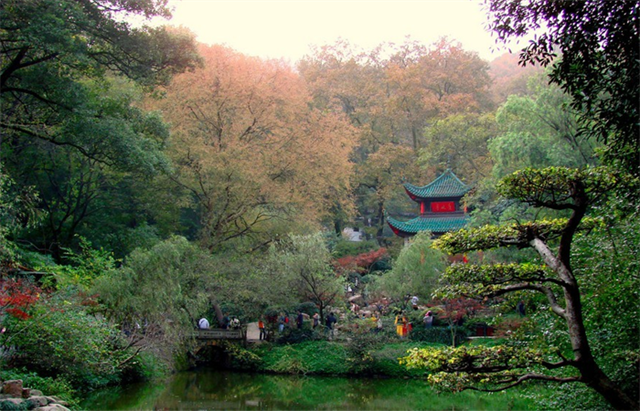
Yuelu Mountain Scenic Area covers a total area of 5.28 square kilometers and its highest peak stands at 300.8 meters above sea level. There are also many peaks with exuberant trees and reclusive and precipitous mountain streams.
Aiwan Pavilion in Yuelu Mountain is one of the best places in China to see red maple leaves in autumn. Aiwan Pavilion is one of the four well-known pavilions in China.
Chinese source: hunan.gov.cn; yuelu.gov.cn
Photo source: hunan.gov.cn








